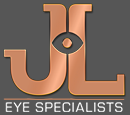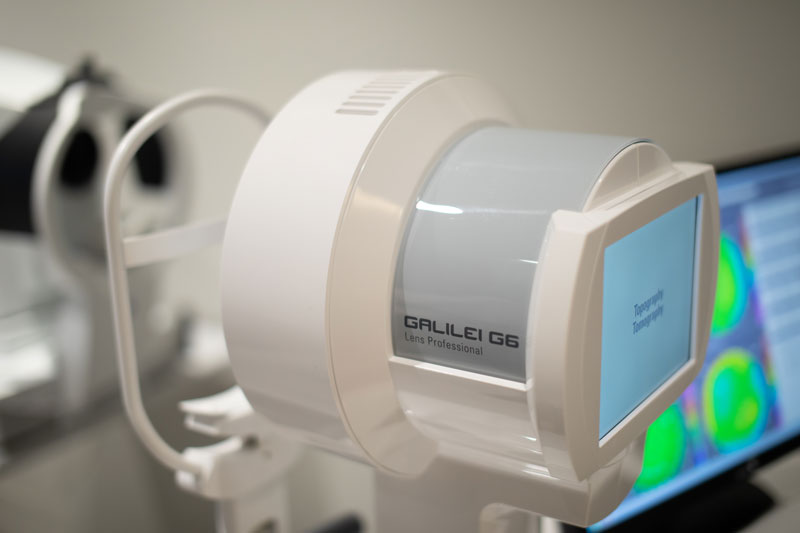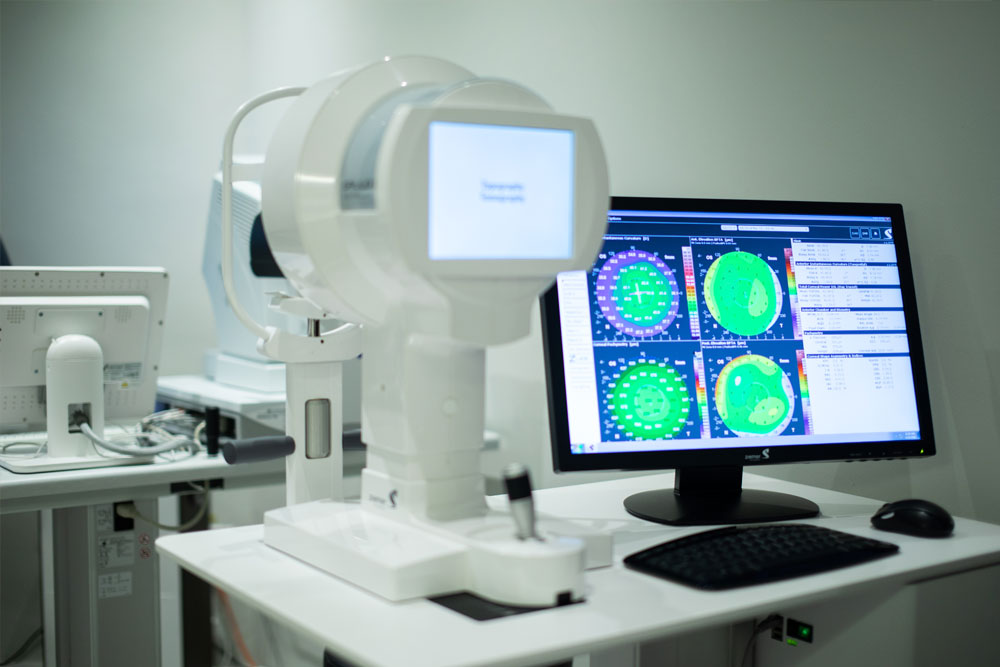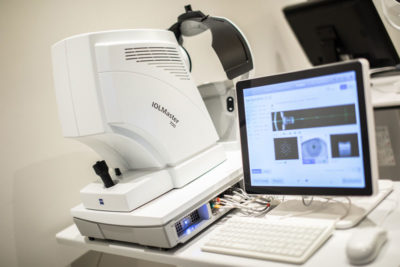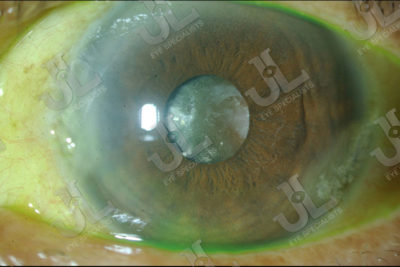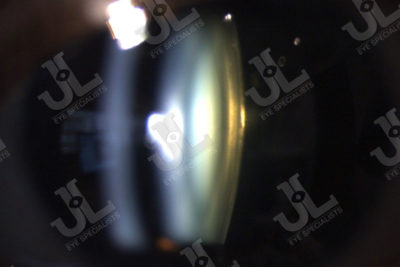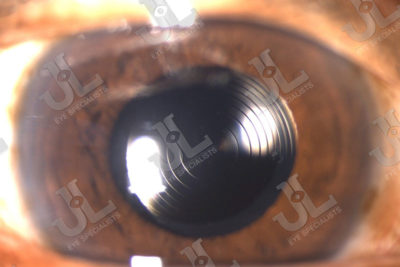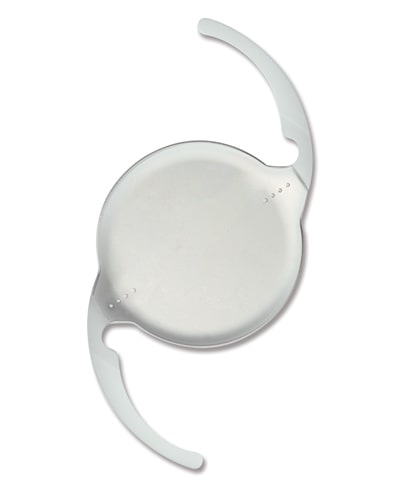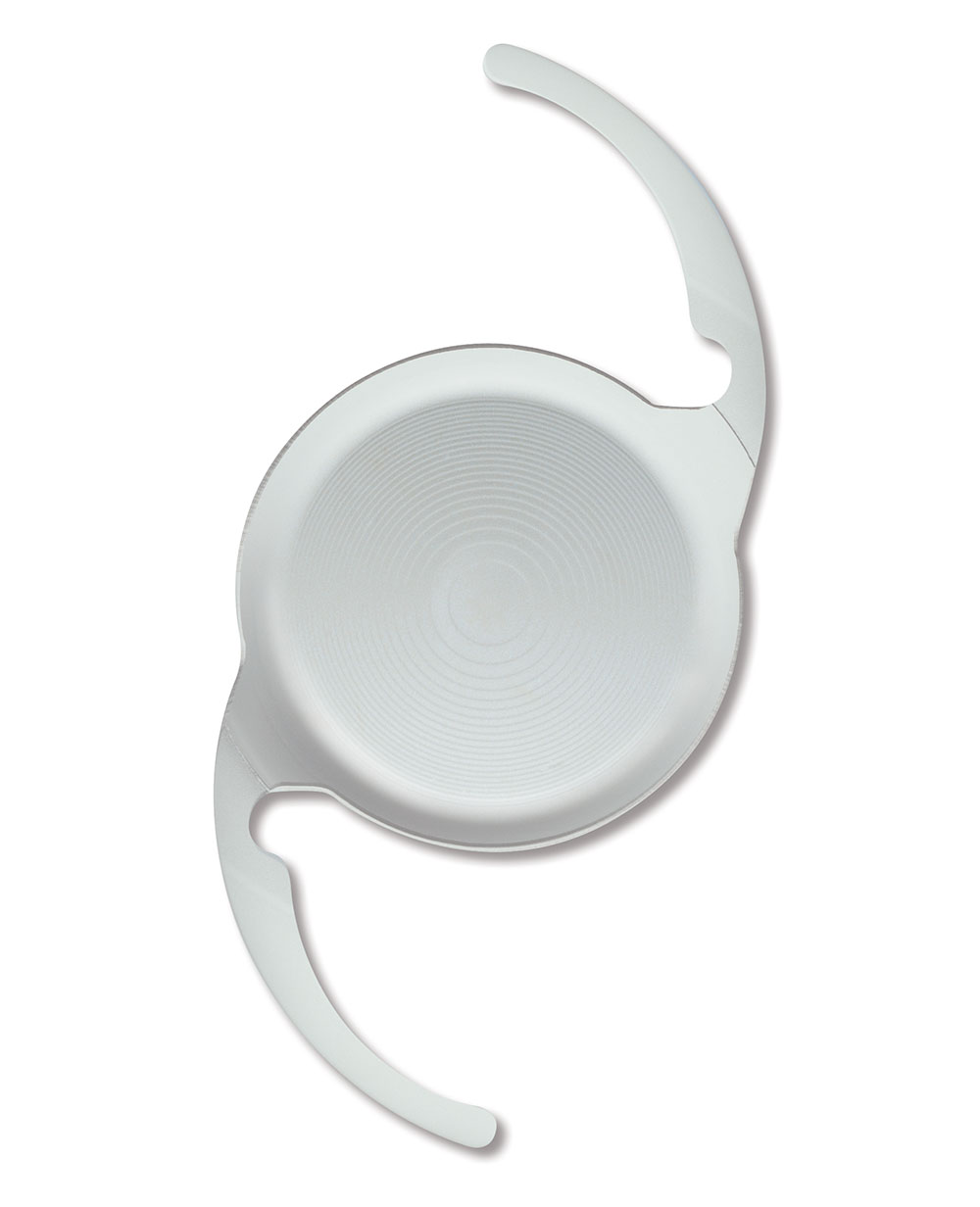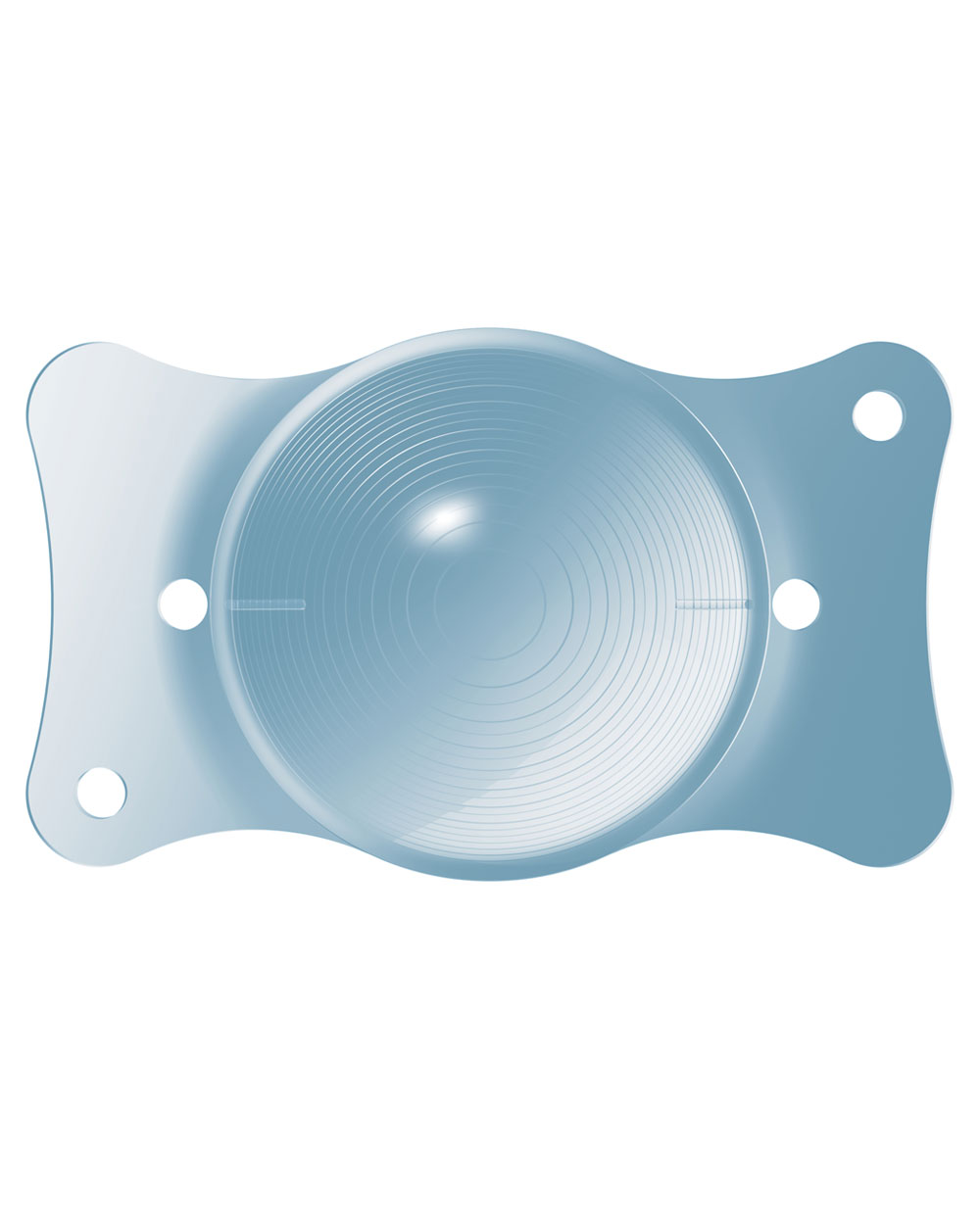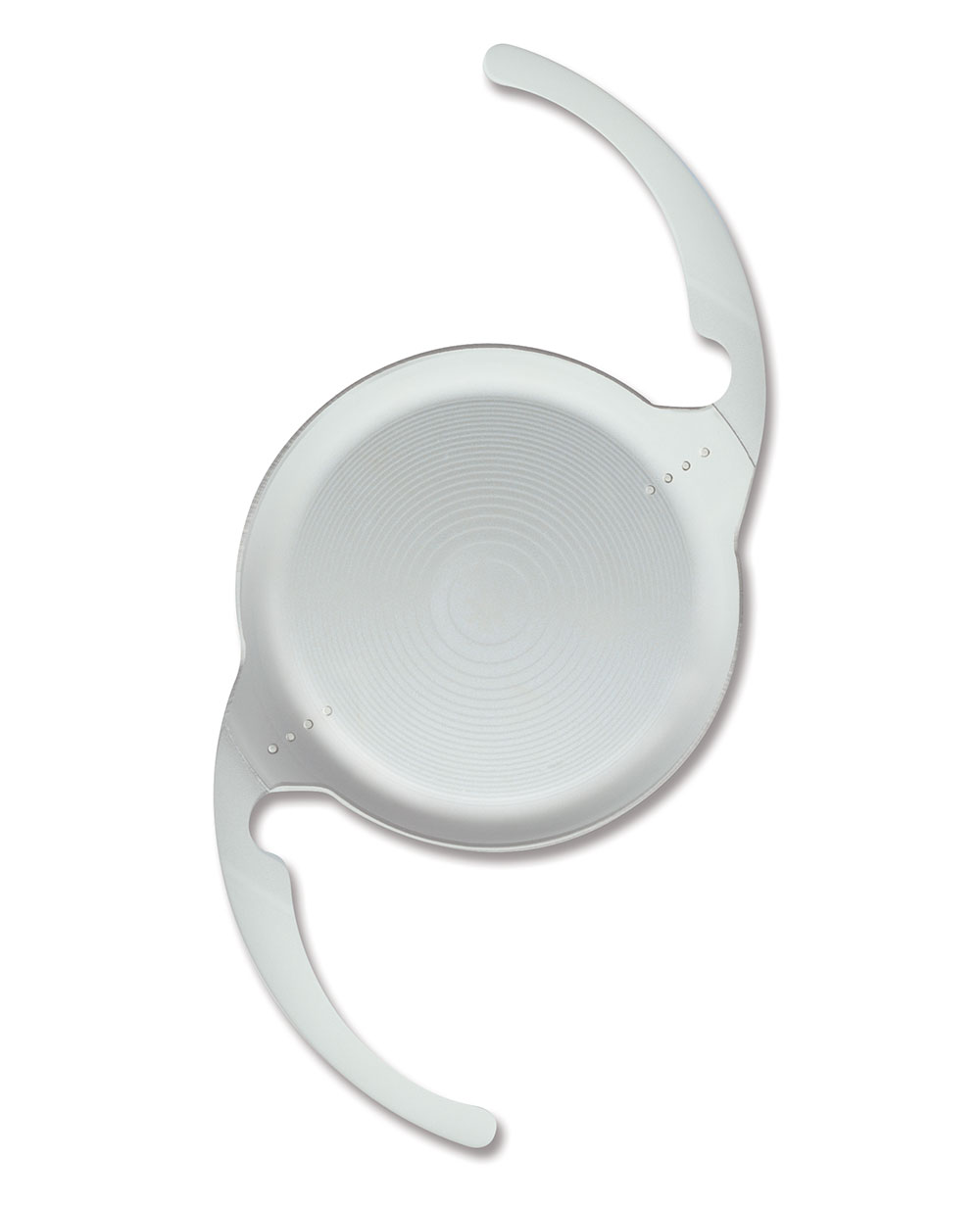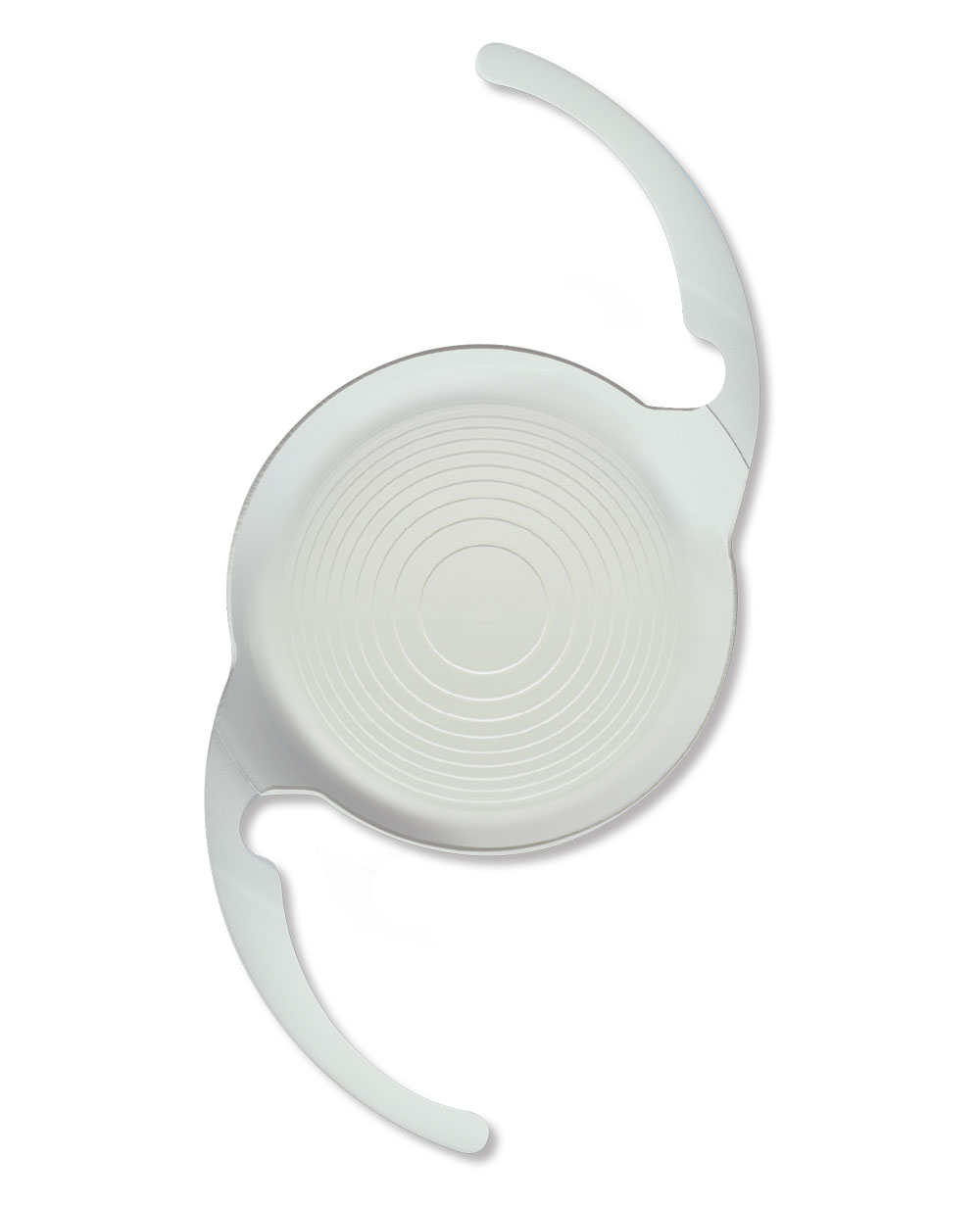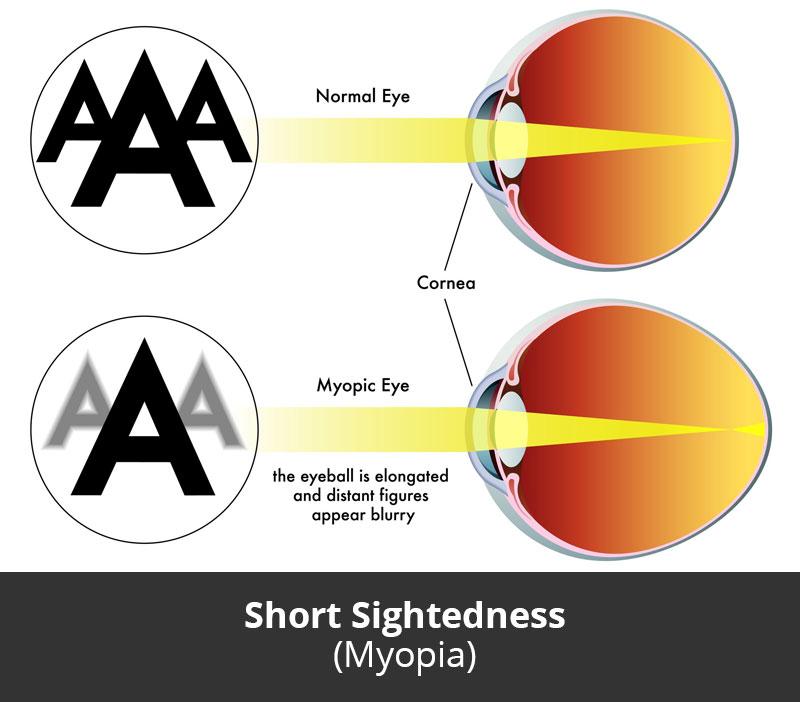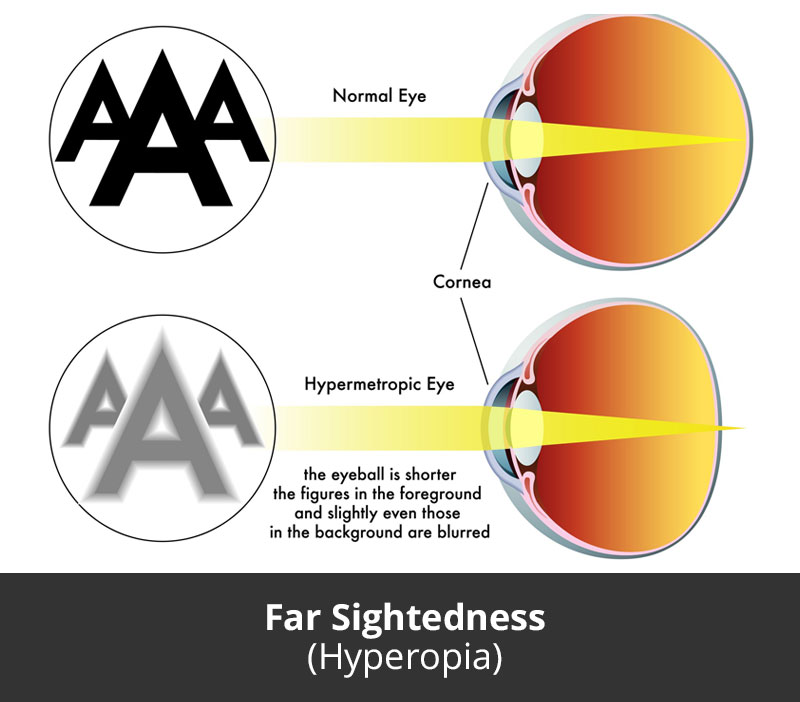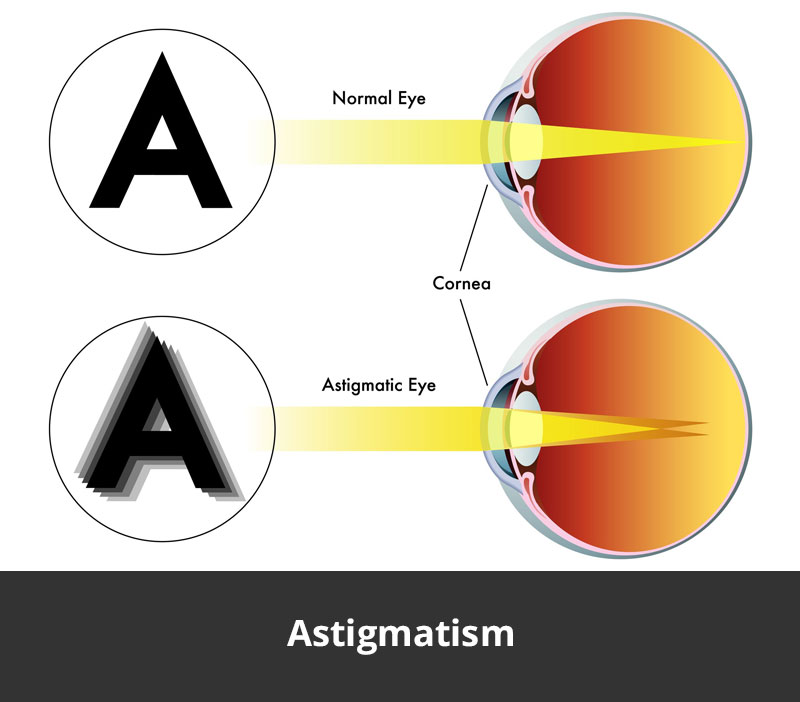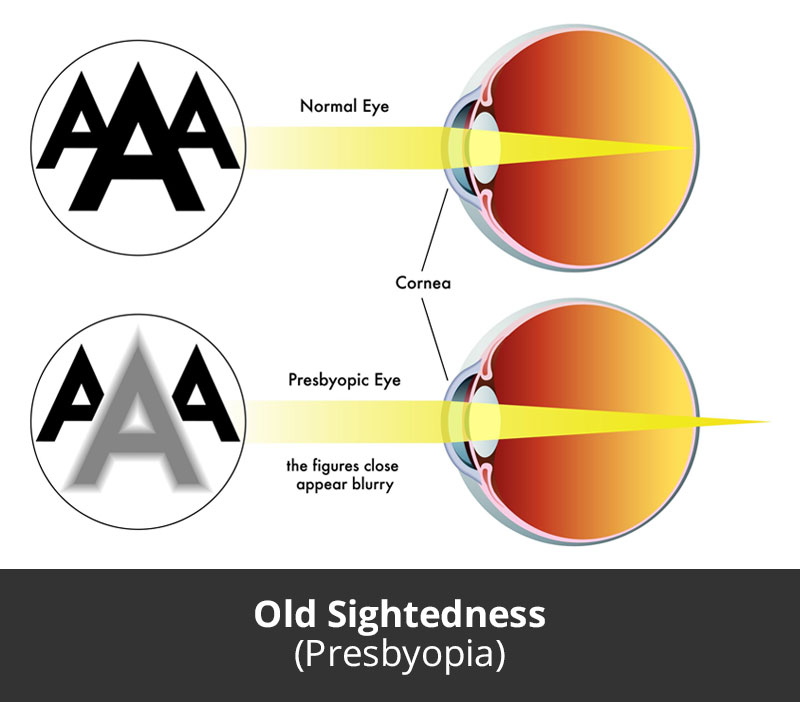Project Description
Cataract Eye Surgery
Home > Our Ophthalmologist> Services > Cataract
Restoring Clear Vision with Advanced Surgical Techniques, Premium Lens Options, & Minimal Discomfort
Cataracts affect over 78% of Singaporeans over the age of 60, gradually clouding the eye’s natural lens and impairing vision. At JL Eye Specialists Singapore, we provide expert diagnosis, personalized treatment, and state-of-the-art surgical solutions to help you regain clear sight and improve your quality of life.
What Are Cataracts?
Cataracts refer to the progressive clouding of the eye’s natural lens, which focuses incoming light onto the retina to enable clear sight. As cataracts develop, the lens grows increasingly opaque and obstructed, preventing the sharp transmission of images. Without treatment, this leads to gradual vision deterioration.
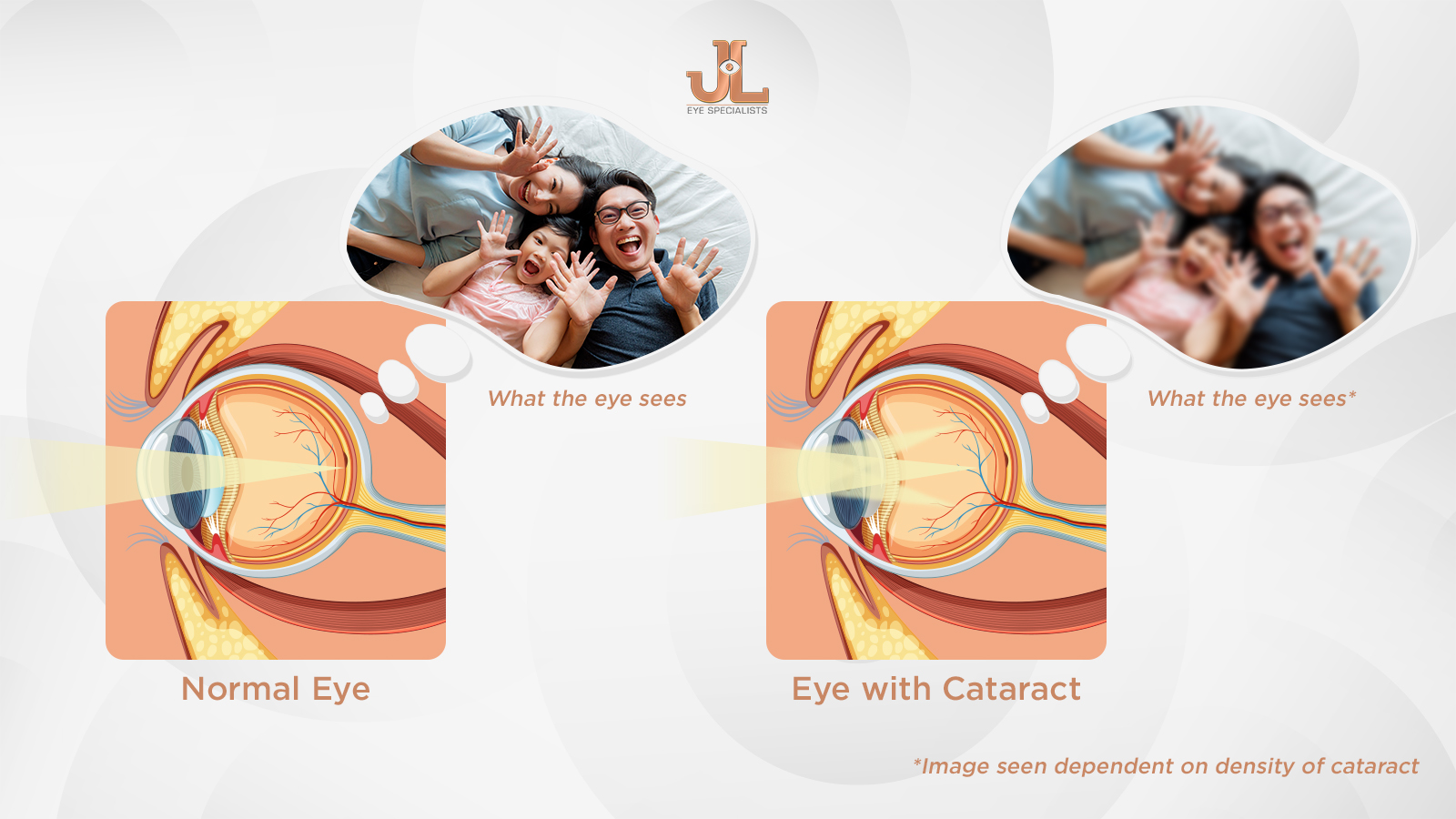
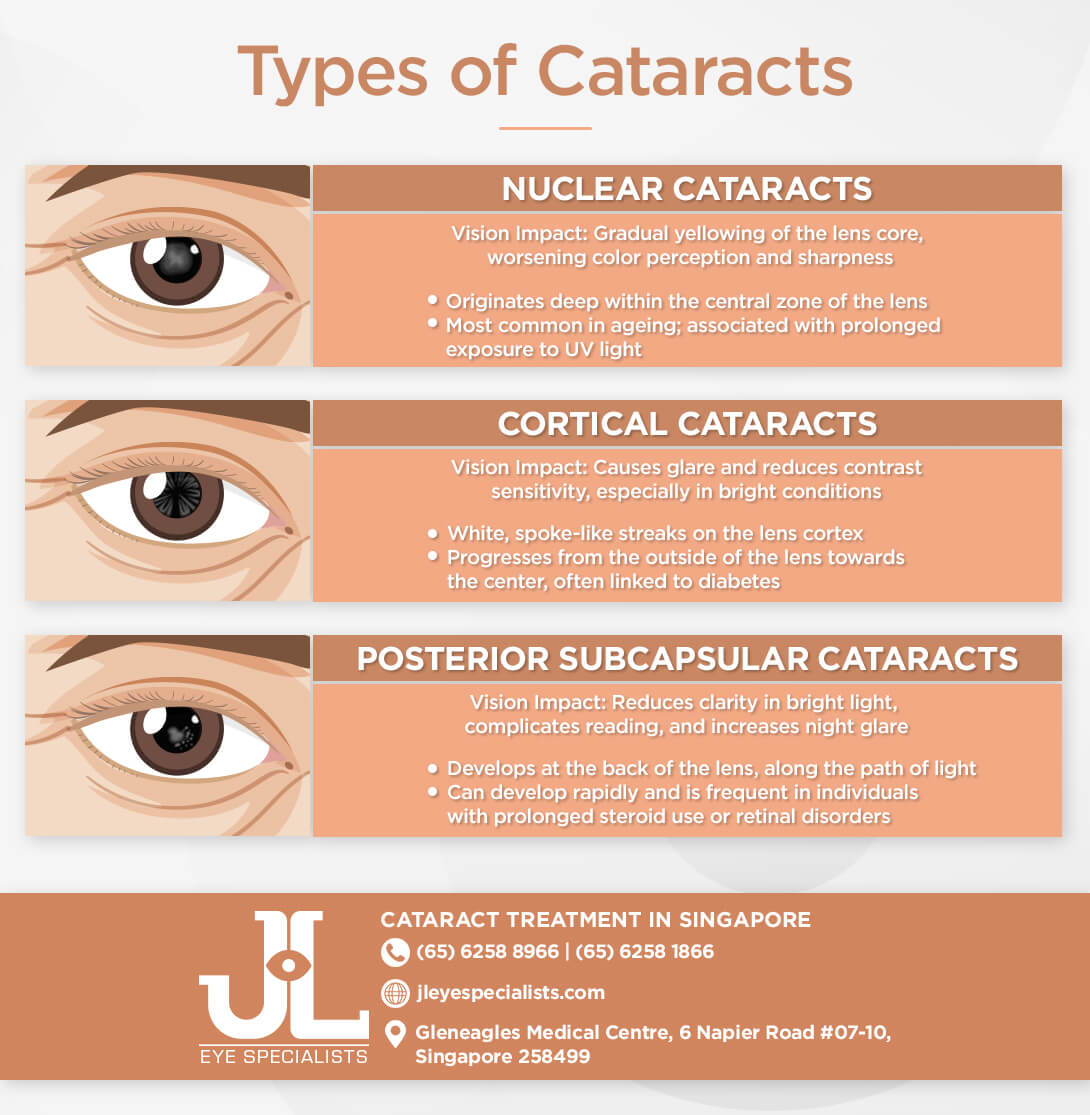
Causes and Risk Factors of Cataracts:
While cataracts typically form slowly over many years, several factors can contribute to or hasten their onset:
- Aging: The most common cause, affecting around 94% of people aged 75 and older. 6 Factors That Affect the Cost of Cataract Surgery in Singapore
- UV Exposure: Cumulative lifetime exposure to ultraviolet light
- Medical Conditions: Diabetes, high blood pressure, eye injuries
- Lifestyle Factors: Smoking, excessive alcohol consumption
Early cataract symptoms include needing to change glasses prescriptions frequently, blurred vision, faded colour perception, glare, and halos around lights at night. Such visual interference worsens progressively, eventually impacting everyday tasks like reading, driving, recognizing faces, and watching TV.
Fortunately, modern cataract operations in Singapore offer a definitive solution to remove the clouded lens and replace it with a clear artificial lens. Together with prescription eye drops post-surgery, vision can be restored once more.
Our Doctor

DR. JIMMY LIM
Dr. Jimmy Lim is a top ophthalmologist for cataract eye surgery in Singapore, offering over 20 years of expertise in cataract treatment and management.
Gleneagles Medical Centre
6 Napier Road #07-10,
Singapore 258499
Phone: +65 6258 8966
Fax: +65 6258 8766

Cataract Symptoms We Need to Address
Our clinic in Singapore specializes in diagnosing and treating all stages of cataracts:
🟢 Early Cataracts
- Slightly blurred vision
- Increasing difficulty with night driving
- Needing brighter light for reading
- Frequent prescription changes
🔴 Moderate Cataracts
- Noticeable vision decline
- Significant glare around lights
- Faded color perception
- Difficulty with daily tasks
⚪ Advanced Cataracts
- Significant vision impairment
- Impact on independence and quality of life
- Potential development of secondary complications
Cataract Screening in Singapore

Protect Your Vision with Early Detection
Cataracts often develop gradually, with little to no symptoms in the early stages. In Singapore, adults are generally encouraged to begin comprehensive eye exams from the age of 40, with screenings becoming more important as we age.
At JL Eye Specialists Singapore, our cataract screening includes a vision check, eye pressure test, and a detailed lens examination using dilating eye drops and a slit lamp.
Early detection allows for timely treatment planning, helping you stay ahead of potential vision loss and maintain clarity in your day-to-day life. Our doctor will walk you through the results and recommend the most suitable next steps to protect and preserve your vision.
Comprehensive Diagnosis & Assessment for Cataracts
We provide thorough eye examinations using advanced technology to accurately diagnose cataracts and plan your treatment.
Our Diagnostic Suite Includes:
✅ Comprehensive Eye Examination
- Complete assessment of your eye health and vision quality.
✅ Galilei G4 Technology
- Combines Placido disc–based topography, Scheimpflug tomography, and optical biometry
- Provides complete data for comprehensive screening
- Accurately measures anterior corneal curvature
- Precisely detects anterior surface irregularities and tear film quality
- Measures pachymetry and elevation data with 3D anterior chamber analysis
Galilei G4
The Galilei G4 Lens Professional combines Placido disc–based topography, Scheimpflug tomography, and optical biometry all in one unit. This combination allows the device to provide complete data for comprehensive screening for cataract or refractive surgery such as LASIK, PRK, ASA, etc. all in one measurement session.
The Galilei G4 topography function accurately measures the anterior curvature of the cornea where it precisely detects anterior surface irregularities and tear film quality.
The Galilei G4 tomography function precisely measures pachymetry and elevation data with 3D anterior chamber analysis. The ray-traced posterior corneal surface data detects any protrusion or asymmetry in early stages of corneal diseases.
✅ IOLMaster 700
IOLMaster 700
The IOLMaster 700 is the first swept-source OCT based biometer that enables OCT imaging and visualization of the entire length of the eyeball. It is complete with a set of biometric parameters for the latest IOL power calculation formulas. The ZEISS IOLMaster 700 measures all biometric parameters for the latest IOL power calculation formulas such as the fully integrated Barrett formulas. The highly optimized scans are completed very swiftly that is suitable for patients who have difficulty controlling their gaze.
Accurate measurement of the eyeball axial length is crucial for precise intraocular lens (IOL) power calculation. Although repetitive measurements can increase accuracy for the calculation, a single precise scan that has the accuracy of a scan performed a few times will be preferred. The IOLMaster 700 at our clinic is capable of doing this.
✅ Customized Visual Assessment
- Evaluation of your specific visual needs based on occupation, lifestyle, and daily activities.
Advanced Cataract Surgery with Phacoemulsification
At JL Eye Specialists, we perform modern cataract surgery using the gold-standard phacoemulsification technique.
How Phacoemulsification Works:
- Uses high-frequency ultrasound waves to break up the cloudy lens
- Removes cataract through a tiny incision in the cornea
- Minimally invasive approach with quick recovery
- 15-minute outpatient procedure
- Local anesthesia for a painless experience
- Gold standard in modern cataract surgery with excellent outcomes
How Femtosecond Laser Technology Works:
- Creates perfectly sized, shaped, and positioned incisions based on patient’s specific eye anatomy
- Softens and segments the lens for easier removal
- Utilizes precise laser technology for enhanced accuracy
- Breaks up and vacuums remaining lens fragments with ultrasound
- Prepares the eye for seamless IOL insertion
- Advanced laser-assisted approach for optimal surgical outcomes
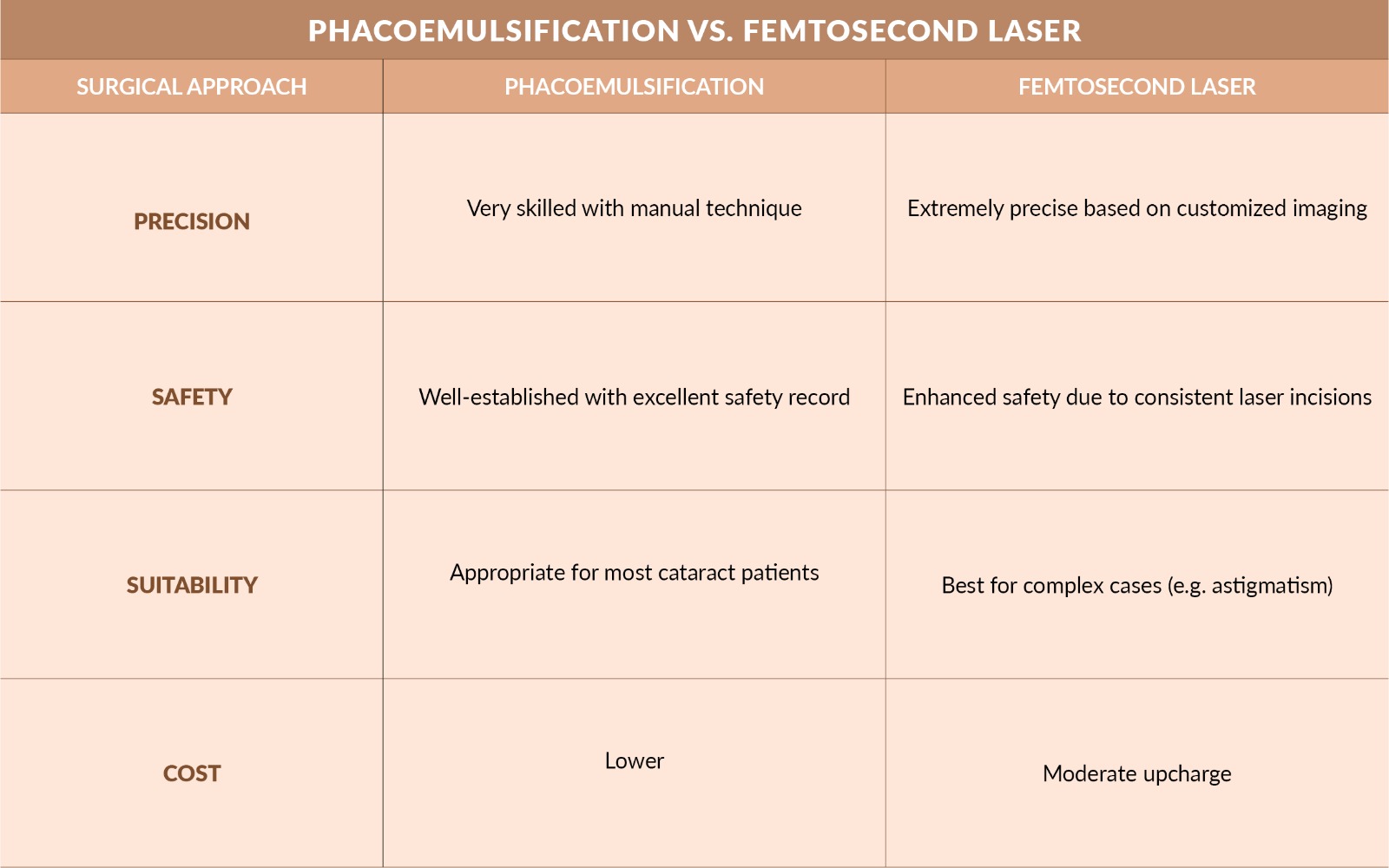
While both modern surgical approaches are great options, the femtosecond laser’s imaging capabilities and precision can improve outcomes for more complex cataract cases, like severe astigmatism. Patients with such needs would benefit most from laser cataract surgery. The technique also reduces inflammation and speeds up visual recovery.
The vast majority of cataract patients still undergo traditional phacoemulsification with great success. Ultrasound technology and techniques have improved vastly over decades of refinement. For appropriate candidates, it remains a gold standard.
In the end, the choice of procedures still depends on the patient’s specific conditions and goals. After a comprehensive eye exam, the surgeon will suggest the best approach.
Want to learn more about the types of cataract eye surgery? You can read our article about it or watch this video:
Lens Technology: Correcting Vision After Cataract Surgery
After the removal of cataracts, intraocular lens (IOL) implantation restores focusing power to the eye. Cataract lenses now come in advanced designs to treat pre-existing vision conditions simultaneously, reducing future reliance on glasses or contacts.
Menu of Lens Technologies
Our specialists help you select the ideal lens based on your eye condition, visual goals, lifestyle, and budget. During your consultation, Dr. Jimmy Lim will discuss your needs and suggest the most appropriate artificial lens type.
Your Cataract Surgery Journey
📌 Before Surgery
- Initial Consultation: Comprehensive eye examination and personalized treatment plan
- Surgery Scheduling: Our coordinator will contact you to select a date and time
- Pre-Op Exam: Final scans and tests 1-2 weeks before surgery
- Preparation: Begin prescribed antibiotics and anti-inflammatory eyedrops
- Advanced Measurements: Precise calculations for optimal lens selection
📌 During Surgery (15-Minute Procedure)
- Preparation: Specialized nurses position you comfortably before anesthesia
- Anesthesia: Local anesthesia for a painless experience
- Incision: Small corneal incision made where the new lens will be inserted
- Phacoemulsification: Ultrasound technology breaks up and removes the cloudy lens
- Lens Implantation: Placement of your custom-selected intraocular lens
- Completion: Application of antibiotics and anti-inflammatory medication
- Protection: Eye patch placed to shield the eye after surgery
📌 After Surgery
- Quick recovery with improved vision often noticeable within days
- Simple post-operative care with prescribed eye drops
- Follow-up appointments to ensure proper healing
- Most patients return to normal activities within a few days to a week
Do you need cataract surgery? Here’s how to know if you need one.


JL Eye Specialists is an ophthalmology clinic in Singapore that specialises in general ophthalmology, cornea, refractive (LASIK), and cataract surgery.
To cover the expenses that you may incur, we accept several corporate and international insurance policies. If you have any of the insurance plans at this side, please let us know when you schedule an appointment with us. For more questions, feel free to contact us at +65 6258 8966.
Corporate Insurance
- Alliance Healthcare
- AIA, HSBC, Alliance Medinet, AVIVA, Great Eastern (Extended panel), NTUC Income, Prudential, Tokio Marine, QBE
- Adept
- HSBC, Great Eastern (Extended Panel), NTUC Income, Tokio Marine
- Fullerton Healthcare
- AETNA, AIA, AON
- MHC
- AIA, Singlife PCP, MHC Medical Network, NTUC Income, Great Eastern (Extended panel)
- iXchange
- Cigna, Parkway Shenton, Henner, AIA
- FWD Singapore
- Integrated Health Plans (IHP)
- International SOS
Integrated Shield Plan
- AIA Healthshield Gold Max
- Singlife Shield
- Singlife
- NTUC Income Shield
- Prudential (extended panel)
- HSBC
Medisave (for local patients)
Why Choose JL Eye Specialists Singapore?
Expert Leadership
Dr. Jimmy Lim brings over 20 years of experience providing quality eye care to both local and foreign patients in Singapore. Specializing in cataract and refractive lens procedures, Dr. Lim is recognized for his:
- Extensive surgical expertise with numerous successful procedures
- Professional, honest approach to treatment recommendations
- Patient education focus, ensuring you understand all your options
- Personalized treatment plans tailored to each patient’s unique needs
Comprehensive Care Approach
- Transparent Communication: Clear explanation of all options and costs
- Customized Treatment: Solutions tailored to your specific eye condition and lifestyle
- Advanced Technology: Access to the latest diagnostic and surgical equipment
- Insurance Coverage: We accept multiple corporate and international insurance policies
- Compassionate Support: Personalized care from consultation through recovery
Our patient-focused team provides personalized, compassionate care throughout your entire cataract surgery experience in Atlanta. From your initial consultation through your recovery, we’ll answer your questions, address your concerns, and ensure you feel comfortable every step of the way.
Don’t let cataracts rob you of your vision and independence any longer. Contact JL Eye Specialists today to schedule a cataract evaluation and discover which advanced treatment is right for you. Regain your clear sight and get back to enjoying life!
Cataract Eye Surgery FAQs
1. I had LASIK years ago. How will this eye surgery interact with cataract treatment?
Cataract eye surgery remains just as safe and effective for LASIK patients. However, your post-cataract prescription and lens power needs may differ slightly since LASIK surgery previously altered corneal focusing. Customized measurements during consultation address this.
2. Is cataract eye operation possible on both eyes simultaneously?
Yes, bilateral same-day cataract surgery offers benefits like a one-year recovery period and reduced costs. However, the procedures are often split between two rooms and teams to avoid complications. Not all patients qualify based on their eye condition. Discuss options with your surgeon.
3. What occurs during the surgery?
The eye surgeon makes a small corneal incision, utilizes ultrasound waves or lasers to dismantle the cloudy lens carefully, and inserts a manufactured replacement intraocular lens. Local anesthesia prevents any pain, with vision restoring rapidly after.
4. How should I prepare for the procedure?
Avoid certain medications that may impact anesthesia or healing. Have eyedrops ready for post-surgery. Arrange transportation since you cannot drive immediately after. Eat a light meal beforehand, and wear comfortable clothes. Listen carefully to all pre- and post-procedure instructions.
5. What happens if you don’t treat your cataracts?
If cataracts are not treated, they will worsen, resulting in blurring of vision, if severe, may even lead to vision loss. Other possible complications, such as glaucoma, can also develop.
6. Is Cataract eye surgery safe?
Cataract surgery is generally considered safe. However, as with any surgical procedure, there is a small risk of complications such as infection, bleeding, and vision loss. Your eye surgeon will be able to provide further information in greater detail about the risks and benefits of cataract surgery to help you make an informed decision.
7. How long is Cataract eye Surgery in Singapore?
Cataract surgery is typically a day procedure that takes about 30 minutes to an hour. The actual surgical time is usually less than 30 minutes. However, the process may take several hours, including preparation and recovery time.
8. How long does it take to recover from Cataract Surgery?
Recovery time after cataract surgery varies from person to person, but most people experience some improvement in their vision within a few days to a week. Complete recovery can take several weeks up to a month, during which time you may need to limit certain activities and follow your eye doctor’s instructions for post-operative care. Nevertheless, most people can return to normal daily activities, including driving and reading, within a few days to a week after surgery.
9. What are the types of vision correction you can expect from Cataract Surgery?
Cataract surgery is a procedure to remove the natural lens of the eye that has become cloudy and replace it with an artificial lens, known as an intraocular lens (IOL). Cataract surgery can correct various types of vision problems depending on the type of IOL used. After surgery, you will experience improved distance vision, so you may not need eyeglasses. Furthermore, IOLs can help correct astigmatism, and provide clear vision at different distances, such as computer and reading vision. It’s important to discuss your vision needs and preferences with your eye doctor before cataract surgery to determine the best type of IOL for you.
10. What are the risks and side effects of Cataract Eye Surgery?
Like any surgical procedure, cataract surgery carries a risk of complications. Most of these risks and side effects are rare and can be treated. Your surgeon will discuss the risks and benefits of cataract surgery with you and provide instructions for post-operative care to help reduce the risk of complications. It is crucial to follow these instructions carefully to promote a successful recovery.
Book An Appointment
We understand that each patient comes with their unique concerns. We customize our approach to ensure that we provide each patient with the appropriate treatment to address their needs.


